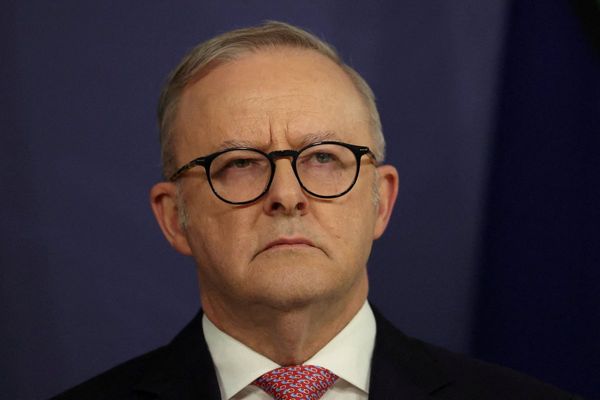
SEOUL: Busan, Ulsan and South Gyeongsang province have joined hands to create a cross-municipal megacity with a population of more than 10 million, the country’s second biggest after capital city Seoul and its surrounding areas.
On Tuesday, Busan Mayor Park Heong-joon, Ulsan Mayor Song Cheol-ho and Gyeongnam Acting Governor Ha Byung-pil signed an agreement to create a European Union-like administrative unit, effective on Jan 1, 2023, with an aim of promoting balanced regional development and bringing more life to local economies, accoriding to Pulse. The agreement was endorsed by Interior Minister Jeon Hae-cheol from the central government, it added.
The united regional administrative unit called “Bu-Ul-Gyeong Special Union” will govern Sourh Korea’s largest port city Busan, the country’s home for shipbuilding Ulsan, and broader Gyeongsang province for smaller towns in the southeastern part of the country as one megacity.
As a specific plan, the special union said it will increase a combined gross regional domestic production of the three municipalities from the current 275 trillion won ($222.6 billion) to 491 trillion won, which can rival the country’s capital area in terms of economy and other functions. It also aims to raise the current population of 7.92 million for the three areas to 10 million and the financial independence from 50.3% to 60% by 2040.
The megacity project, pushed as part of joint development projects between local governments since October of last year, is entitled to develop regionwide traffic networks and designate general logistics complexes that span more than two municipalities on behalf of the central government. It will carry out municipality work in 21 areas from January next year with a focus on the development of automotive, shipbuilding, and aviation industries.
The union’s council will comprise 27 members, nine each from the three municipalities, and the heads of the three governments will hold the union’s rotating presidency. The regional municipality union aims to become one of the eighth-largest economic blocs in Northeast Asia by 2040 along with South Korea’s capital area, Beijing, Shanghai, Hong Kong, Tokyo, Osaka and Nagoya.







